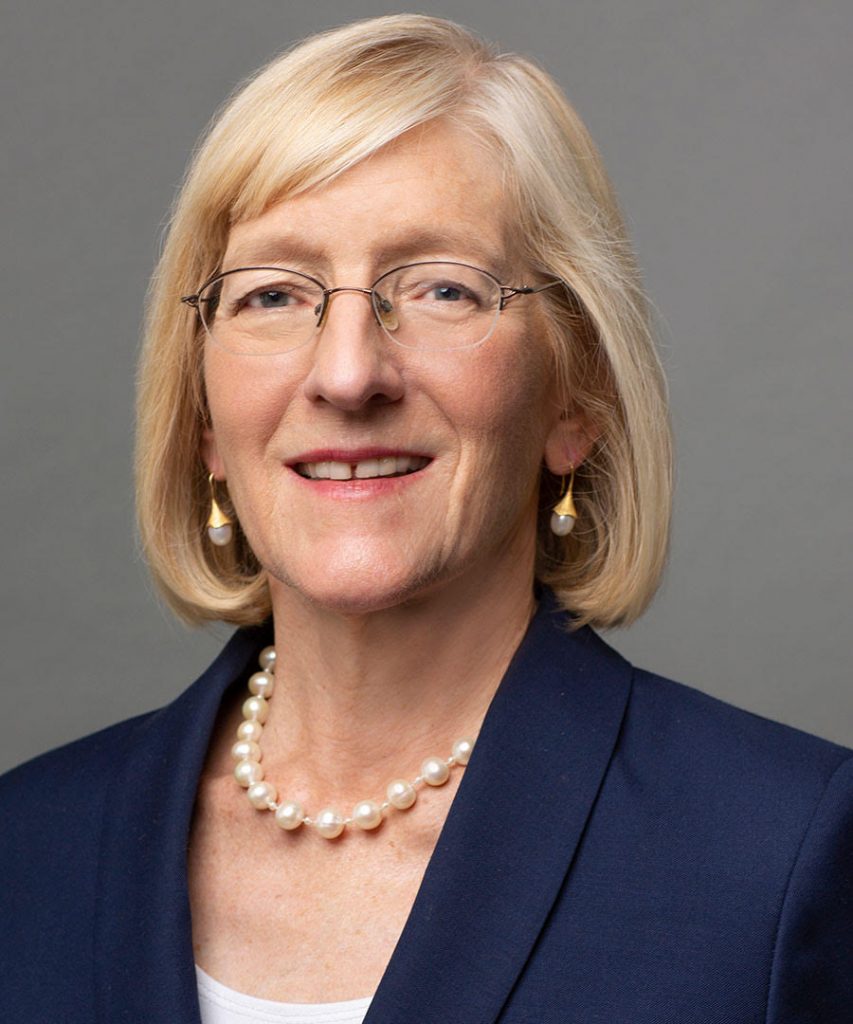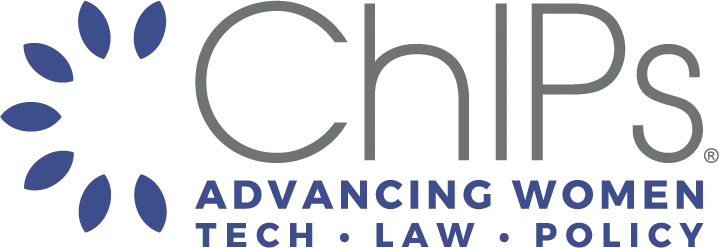ChIPs Member Spotlight: Hon. Elizabeth Laporte
Hon. Elizabeth D. Laporte (Ret.) spent more than two decades as a United States magistrate judge for the Northern District of California.
As Chief United States Magistrate Judge for the Northern District of California (2013 to 2015), she presided over numerous civil cases with the parties’ consent, with a robust docket that included patent, trademark, copyright, business, class actions, employment, insurance, environmental, antitrust and civil rights litigation.
After retiring from the bench in 2019, Judge Laporte is now a Mediator and Arbitrator and Special Master for JAMS.
Judge Laporte is known for helping to shape patent and intellectual property case law and for advancing the court’s e-discovery procedures. Her colleagues and the legal community consider her among the leading legal thinkers on e-discovery issues. For her efforts, she earned the Judicial Leadership Award from the Electronic Discovery Institute in 2015. She also launched the Northern District’s Women Attorneys Advocacy Project, which seeks to promote gender equality in the legal community.
We recently asked Judge Laporte a few questions about her career path, how she decided to become a judge, and her work with the Northern District’s Women Attorneys Advocacy Project.

Did you always know you wanted to have a career in tech, law or policy?
I always knew I wanted to have a career in law and policy, having grown up at a time of idealism and activism, e.g., about civil rights, including women’s rights, and the environment. Tech came later. Indeed, when I clerked for Judge Marilyn Patel in 1982-83 (she was the first and still the only woman on the N.D.Ca. then), we did not have a single patent case. However, just living in the Bay Area and starting with the Palm Pilot and Blackberry, I necessarily imbibed the importance of technology to our economy and our lives. Then in 1998 when I took the bench, I had a crash course in patent cases arising out of Silicon Valley, as well as plenty of trademark, copyright and trade secret cases, both as the presiding judge and conducting settlement conferences. I found it fascinating to learn about both the frequently complex law and the cutting edge technologies at issue, as well as to meet the outstanding attorneys who practice in this area and learn about their clients.
What is the most important thing that women can do to support each other as professionals?
The many important things women can do to support each other as professionals include networking and volunteering in ChIPs and other organizations, like the Northern District of Calfornia’s Women Attorneys Advocacy Project that I launched. Each of us has something to contribute, and we can learn from each other. When we have a position of influence, as I was privileged to have as a judge with a supportive court, we need to seize opportunities to use it to advance gender equality. I admire the founders of ChIPS and their successors for doing this — thankfully they were not content to stop at serving as an important support and inspiration for each other in their pioneering positions, and instead kept expanding the opportunities for other women and broadening our community.
What piece of advice would you tell your younger self? What has made you successful in your career? Did you always know you wanted to be a judge?
My advice to my younger self, and indeed what I think has helped me succeed in my career, is to do what you feel passionately about, to do it as well as you possibly can, take advantage of opportunities that come your way, including mentors and sponsors, and create opportunities when possible. I did not always know I wanted to be a judge, having studied public policy at Princeton, politics and economics as a Marshall Scholar at Oxford, and related subjects at Yale Law School (with a little bit of law thrown in) and practiced civil rights and public interest law at a small but excellent law firm that, among other things, represented all the state prisoners in Texas over the unconstitutional conditions they suffered. Then I was approached to serve as an ALJ at the Department of Insurance to preside over the brand new and complicated rate rollback cases that the passage of Proposition 103 launched. I seized the exciting opportunity to do something new and presided over the test case of the constitutionality of the insurance rate rollbacks as applied, issuing a very lengthy decision that called on my economics as well as my legal background, and was ultimately unanimously affirmed by the California Supreme Court. This experience showed me that I wanted to be a judge and I decided to pursue the opportunity to serve as a federal magistrate judge.
Then I was recruited by the San Francisco City Attorney’s office under Louise Renne to launch a new initiative there to bring lawsuits in the public interest. I took that chance and recommended that we create a coalition of cities and counties to sue the tobacco industry for covering up smoking dangers, thereby increasing costs for public hospitals and violating the Unfair Practices Act, because our Attorney General then would not do so although a few states had. We went forward, and a few years later California reversed position and asked to join our litigation. The litigation resulted in a large settlement that, among other things, helped fund San Francisco public health facilities.
Then I was selected to serve as a Magistrate Judge, which I did with great satisfaction for over two decades. It was gratifying during that time period to see an increase in women chairing and taking prominent roles in trials as well as on the bench. I recently moved to JAMS where I have more flexibility but continue to be part of our legal community and apply my experience to mediations, arbitrations, Special Master/referee appointments and neutral evaluations. Of course, now I am doing that via zoom and various other video and teleconference options that JAMS is offering.
Tell us about the Northern District’s Women Attorneys Advocacy Project. What can the judiciary do to help advance women in tech, law and policy?
I launched the Northern District’s Women Attorneys Advocacy Project five years ago after hearing Professors Joan Williams and Deborah Rhode speak at the Northern District Conference of the obstacles that, despite much progress, many women attorneys still faced. Wanting to do something to help, I gathered a handful of the excellent women attorneys at the conference to meet and brainstorm, thus launching the Women Attorneys Advocacy Project. Many attorneys (too numerous to list all) have generously volunteered their time to the Project, including Jamie Dupree, Miriam Kim, Randy Sue Pollack Michelle Roberts, Charlene (Chuck) Shimada and Juliana Yee.
We have put on a series of programs open to all at the federal courthouse, as well as at UC Hastings and Stanford Law School.
Our programs have included panels of judges or judge moderators, including Judges Phyllis Hamilton and Yvonne Gonzalez Rogers and Justice Teri Jackson, and outstanding attorneys giving tips on how to overcome obstacles and create and get the most out of opportunities. Other programs have featured excellent coaches in effective styles of speech and presentation in the courtroom and other litigation settings. They focused on how to project confidence and competence without being perceived (too often unfairly) as tentative and uncertain on the one hand, or cold and overly aggressive on the other (i.e., walking the tightrope, as Professor Williams aptly termed it).
Recently, just before the shelter-in-place orders, we co-sponsored an Association of Business Trial Lawyers dinner program, which I moderated, featuring outstanding and diverse panelists talking about their careers, observations, and advice. Judges can and have made a difference by participating in these programs and organizations like ChIPs, as well as making clear that advocates of all genders and ethnic backgrounds are welcome and equally respected in the courtroom.
